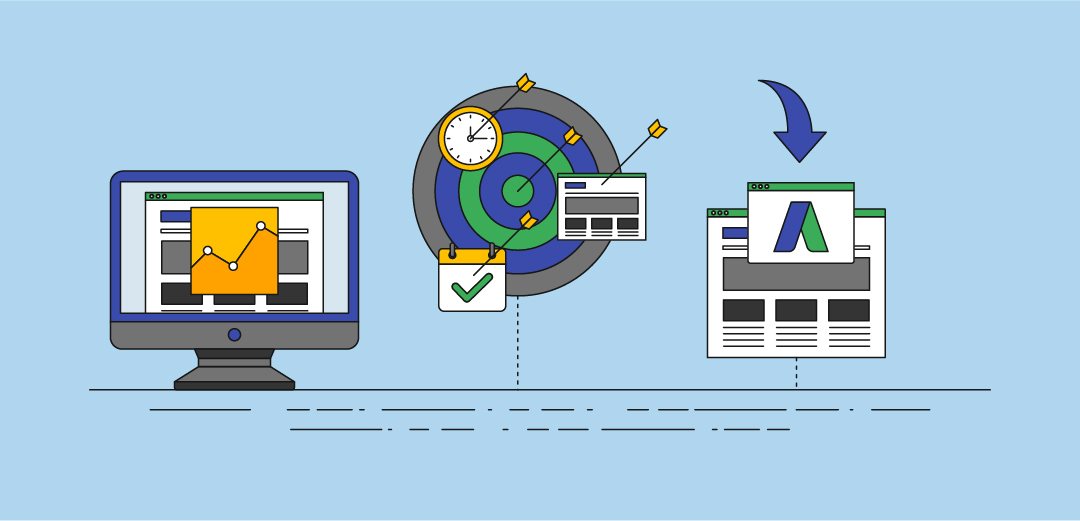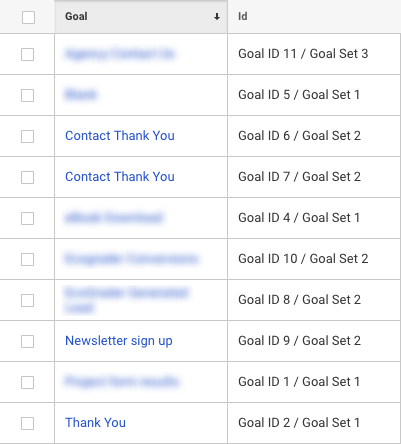Figure out What Data Is Google Analytics Goals Unable to Track
Figure out What Data Is Google Analytics Goals Unable to Track
Blog Article
Discover the Limitations of Google Analytics Goals: Introducing the Data Kind That Remain Untrackable
As services progressively depend on data-driven decision-making, understanding the constraints of devices like Google Analytics becomes paramount. While Google Analytics Goals deal useful insights right into user communications, there exist data kinds that avoid monitoring, positioning challenges to a thorough understanding of user behavior. These untrackable information kinds question concerning the accuracy and completeness of the analytics data that organizations greatly rely upon for their digital approaches. Curious to reveal the hidden unseen areas in your information evaluation process?
Incomplete Individual Journey Tracking
Insufficient individual trip monitoring within Google Analytics can impede the capacity to precisely analyze user habits. When the individual trip is not fully tracked, there are gaps in the data that prevent a comprehensive understanding of how customers connect with a web site. This absence of understanding can bring about missed chances for optimization and enhancements to the individual experience.
One typical problem with insufficient individual trip monitoring is the inability to see the complete course that users take before finishing an objective or leaving the website. Without this information, it is testing to recognize where customers might be experiencing obstacles or friction points that stop them from transforming. Furthermore, insufficient tracking can obscure the effect of certain advertising initiatives or internet site changes on user actions.
To address this limitation, it is critical to establish correct tracking systems within Google Analytics to capture the whole individual trip. This may involve establishing up occasion tracking, objective funnels, or using devices like Google Tag Supervisor to ensure that no vital interactions go unrecorded. By getting a thorough view of the customer journey, site proprietors can make more enlightened choices to boost individual engagement and drive conversions.
Acknowledgment Obstacles
Browsing with attribution obstacles in Google Analytics needs a complete understanding of exactly how different touchpoints add to the overall conversion procedure. Acknowledgment challenges develop from the intricacy of contemporary client journeys, where individuals interact with several networks prior to converting. Google Analytics provides different acknowledgment models like first touch, last touch, and straight, each supplying a different viewpoint on how debt is designated to touchpoints along the conversion course. These designs might not constantly precisely show the real influence of each touchpoint on the conversion.
One typical acknowledgment difficulty is the difficulty in connecting conversions to the correct source, specifically in situations where users interact with numerous channels prior to transforming. Furthermore, cross-device tracking presents another acknowledgment difficulty, as customers often change between tools during their trip, making it testing to track their communications perfectly.
Offline Conversions
Offered the challenges associated with associating conversions accurately in online channels, the dimension of offline conversions presents a considerable opportunity for marketing professionals looking for a more extensive understanding of their clients' journey. Offline conversions refer to actions that consumers take in the real world, such as making acquisitions in brick-and-mortar stores or over the phone, participating in events, or engaging with published materials - what data is google analytics goals unable to track. These conversions are vital for companies that operate both online and offline, as they provide important understandings right into the effectiveness of advertising projects across numerous touchpoints
Tracking offline conversions typically postured a significant challenge for online marketers, as it was testing to connect these actions back to particular online communications properly. However, with improvements in modern technology, such as the integration of CRM systems, distinct identifiers, and discount coupon codes, services can currently link the void in between online and offline information to obtain an extra alternative sight of consumer actions. By properly gauging offline conversions, marketing experts can maximize their methods, designate resources a lot more effectively, and eventually improve the total consumer experience.
Cross-Device Tracking
Cross-device tracking plays an essential duty in understanding the interconnected nature of customers' digital communications across numerous devices. In today's omnichannel globe, where individuals effortlessly change between smartphones, tablet official source computers, and desktops, tracking their actions throughout these gadgets is necessary for marketing experts to gain a comprehensive view of their client trip.

Furthermore, privacy worries and policies such as GDPR and CCPA have better complicated cross-device monitoring. With users requiring even more control over their data and boosted restrictions on monitoring technologies, online marketers must find privacy-compliant and cutting-edge ways to link individual interactions throughout tools.
Dynamic Web Content Involvement
Recognizing individual interaction with dynamic content is pivotal in maximizing digital advertising methods for improved target market interaction. Dynamic web content refers to website aspects that change based upon individual habits, preferences, or other variables, supplying a personalized experience. Tracking individual interactions with vibrant material positions difficulties for traditional analytics devices like Google Analytics.
While Google Analytics can track fundamental interactions like clicks and page sights, it may struggle to capture even more nuanced involvements over at this website within dynamic material. what data is google analytics goals unable to track. Metrics such as time invested on certain dynamic components, hover actions, or communications within pop-ups are usually not quickly measurable using typical tracking approaches. This constraint prevents marketers' capability to fully grasp just how users are involving with vibrant web content and tailor their approaches appropriately

Conclusion
Finally, Google Analytics objectives have limitations in tracking incomplete user trips, connecting conversions accurately, capturing offline conversions, tracking cross-device interactions, and determining vibrant material engagement. These restrictions highlight the relevance of checking out extra tracking techniques and tools to acquire a much more thorough understanding of customer habits and this page conversions past what Google Analytics can offer.
While Google Analytics Goals deal beneficial understandings right into individual interactions, there exist data types that avoid tracking, presenting obstacles to a comprehensive understanding of user behavior.Insufficient customer trip tracking within Google Analytics can hinder the capability to precisely examine individual behavior. When the customer trip is not completely tracked, there are gaps in the information that protect against a comprehensive understanding of how customers engage with a web site.One typical issue with incomplete user journey monitoring is the failure to see the full course that customers take previously completing an objective or leaving the site. By getting a detailed view of the customer journey, internet site proprietors can make even more informed choices to improve user involvement and drive conversions.
Report this page